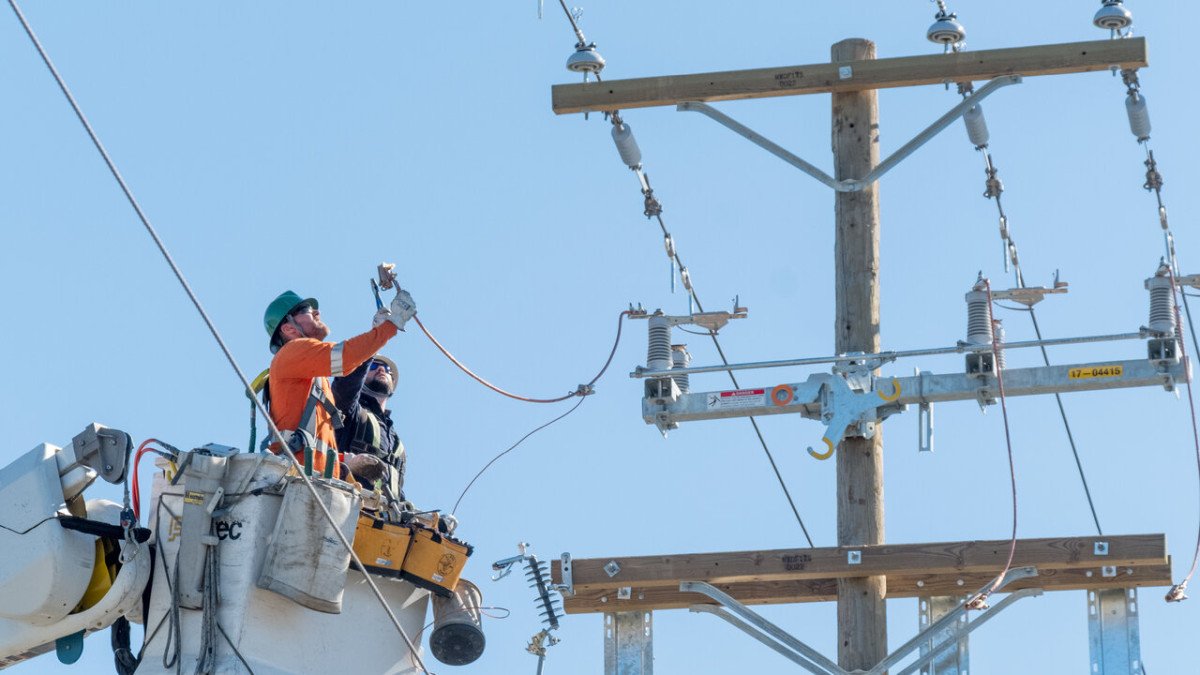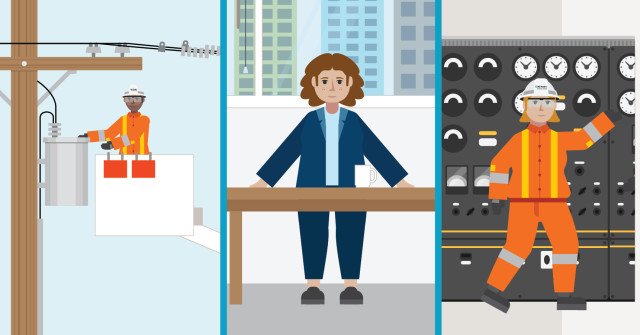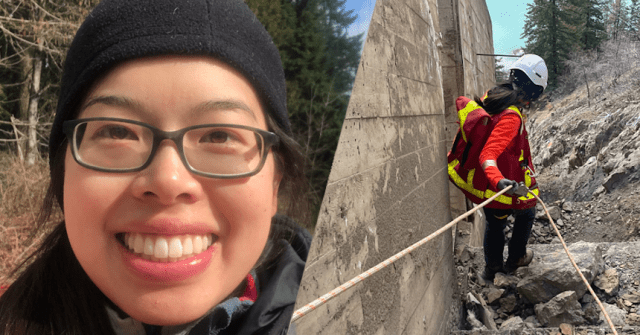Let's help students stay safe around electricity
Safety means a lot to us and it’s an important part of the B.C. curriculum. We’re always looking to teach everybody about the dangers of electricity - especially children.
We spoke to Greg Polok, an experienced Power Line Technician at BC Hydro, to find out what child-related safety issues he sees coming up frequently in the home, on the street, and around BC Hydro's facilities.
Around the home
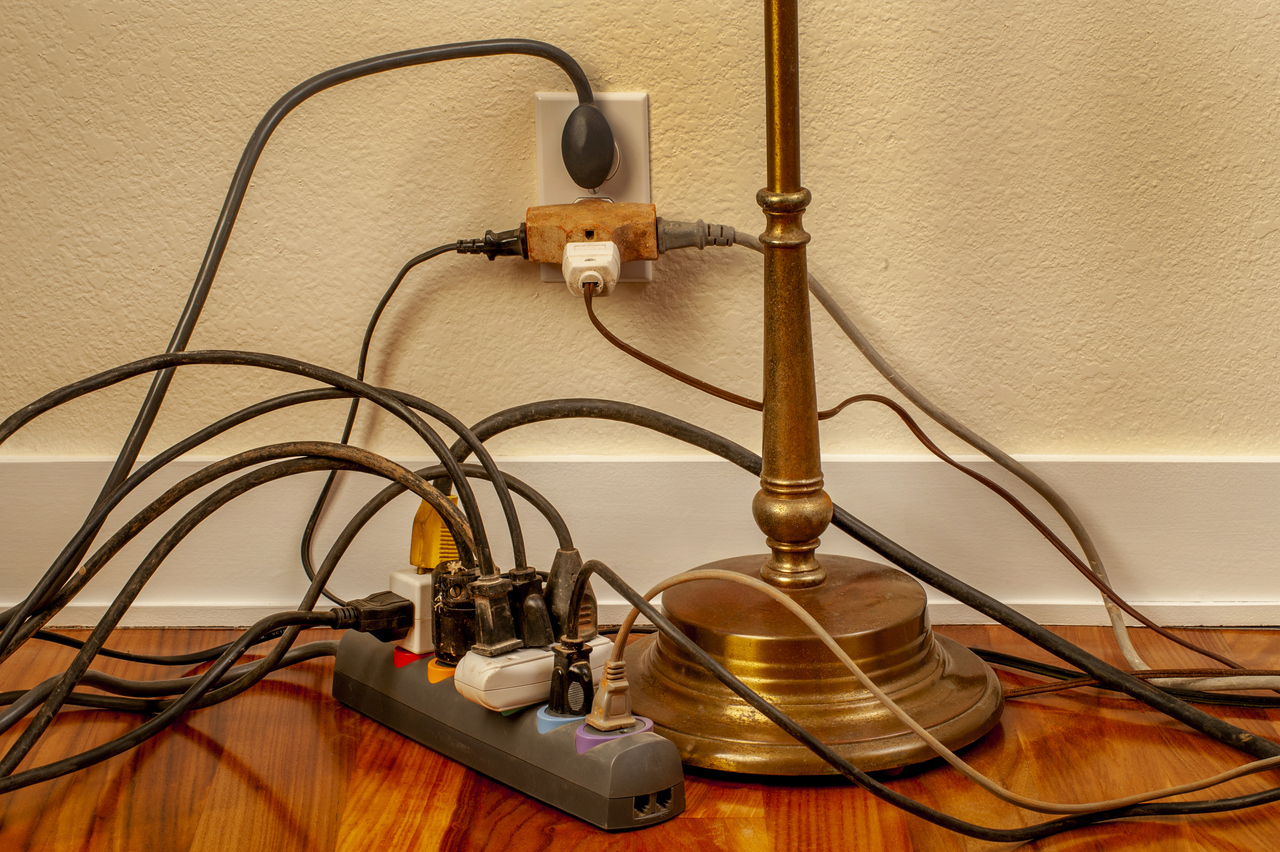
“We’re all charging a lot more devices these days,” says Greg. "It’s important to make sure that chargers are plugged all the way into outlets and not to pull on wires if you’re using a device while it’s charging. Little fingers can fit between the terminals and make a connection. Older kids can help prevent accidents by getting everyone in the home to follow this advice, and also keep an eye on their younger siblings.”
Another common issue in the home is power bars: “They’re obviously very convenient, but they become a hazard if too many things are plugged into them or we plug multiple power bars into a single outlet. Kids should let their parents know if they see anything that looks overloaded.”
On the street
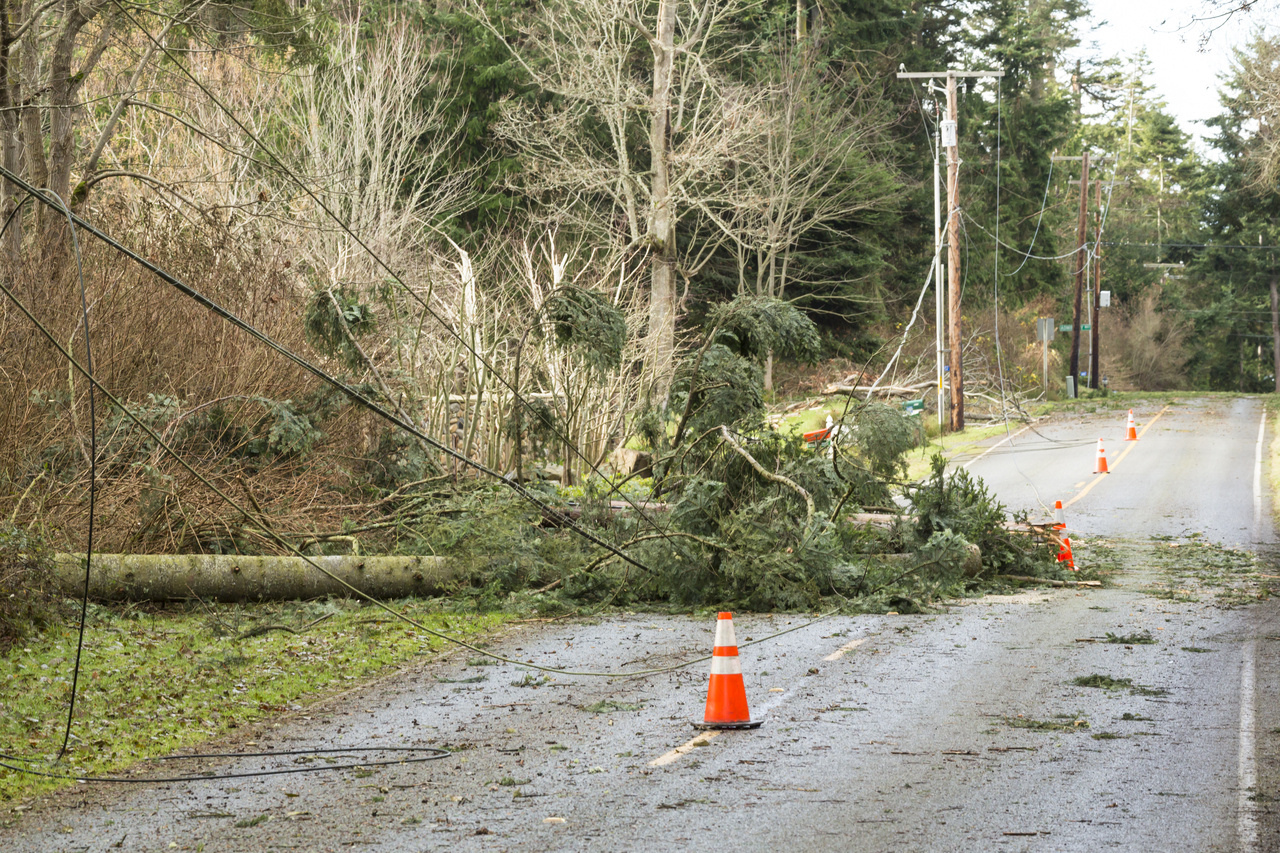
“One thing people don’t realize about electricity when a pole comes down and there’s a live cable, is that it’s silent. It doesn’t buzz and spark like in the movies,” says Greg. “You just get a short buzz on the initial contact. This turns the sand in the concrete to glass, and the glass is an insulator. Then the cable sits silently until somebody touches it and then - WHAM! - there’s a big, bright ball of fire.”
“If you’re out walking and you see a downed power line, remember that it creates a voltage gradient on the ground. What’s that? Well, the voltage is very high right by the cable, but fades away over a 10 metre distance, so you need to be at least 10 metres away to be safe. But if you walk away, your feet will touch different voltages and could create a dangerous electrical circuit. That’s why you need to do the safety shuffle - shuffle your feet without taking them off the ground until you’re at least 10 metres away - and then call 911.”
Greg also sees plenty of accidents involving drones: “Don’t ever fly your drone near electrical wires or poles. If they make a connection, it can cause a big explosion that brings down the wires - and sometimes the poles as well.”
Also, in the event your drone gets stuck in a tree, please keep in mind to look at your surroundings and see if there are wires on the ground. Retrieving a drone could put you in an unsafe situation, and if you are climbing a tree, it might be difficult to see powerlines since they may be hidden by leaves and branches.
Near BC Hydro facilities
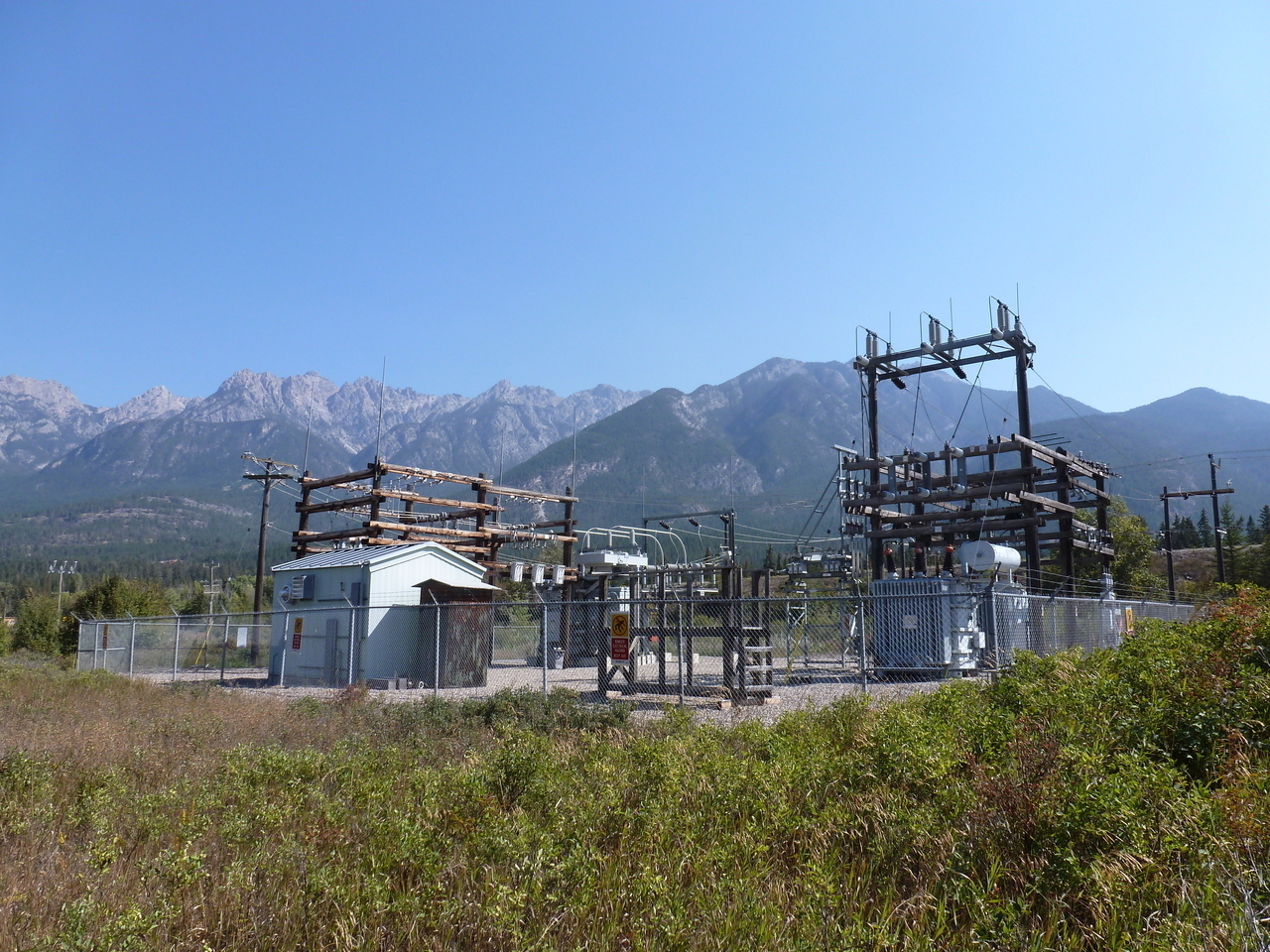
The highly secure fencing around a BC Hydro substation is a big clue about the potential danger inside. But what about our transformers? Located on streets all over B.C., they’re so common that you probably don’t even notice them - a green or yellow metal box about the size of a mail box.
“They’re not dangerous in themselves. But we get kids jumping on them and even trying to poke sticks inside them,” says Greg. “We do regular security checks to make sure that can’t happen, but you should just avoid them completely. There are many stories, like the boy who poked a stick in one a while back in West Vancouver. It arced and knocked all the power out. He was so lucky not to get killed. In short, if you see the BC Hydro symbol and the warning sticker of the guy getting electrocuted - stay well away!”
Additional resources
Here are 6 safety activities for different age groups. Learning our "Down. Danger. Dial." phrase and understanding why you should shuffle away from a downed power line is something that your class will definitely remember. Janelle Comeau, BC Hydro’s Event Planner, knows from experience: “We’ve had kids who heard the messaging a while ago come up to us and repeat it all back to us. It’s very powerful.”
Power's out (Grades 6, 7)
What would life be like during a 3 day power outage? Students brainstorm all the things that would be impacted and then complete the accompanying worksheet to understand all the things that need to be done before, during and after an outage, including preparing an emergency kit.
Staying safe around a fallen power line (Grades 2, 3)
Students start by thinking about all the potentially dangerous situations around them. Then a video explains what to do if they see a fallen or damaged power line and how to stay back at least 10 metres by physically measuring it out.
Downed power line demo (Grades 4-7)
This activity also introduces what to do if you see a downed power line - but for older students. They’ll measure out 10 metres, learn the phrase "Down. Danger. Dial." and practice the safety shuffle, the safest way to get to a safe distance away from a fallen or damaged power line.
Think ahead… Electrical safety (Grades 5-7)
Students begin by spotting potential electrical hazards on one of four illustrated posters that form one big scene. Then they’ll make action plans for avoiding some of the hazards they’ve identified and review what they’ve learned with the accompanying worksheet.
Be safe around electricity (Grades 2, 3)
Inspired by a slideshow highlighting a range of electrical hazards, students each create a safety poster that draws attention to one of the hazards, along with a safety message for avoiding it.
These are just 6 of our Safety activities. There’s plenty more inspiration on our Electrical Safety Hub, where you’ll find various safety resources for your classroom.
